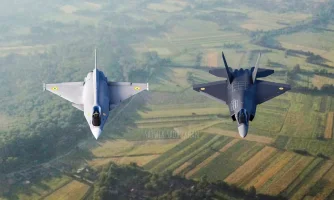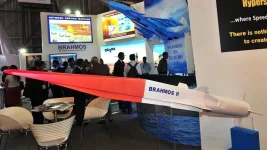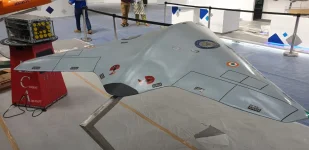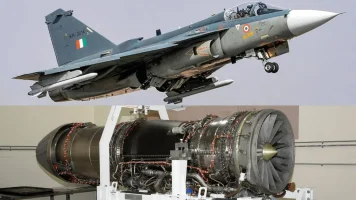- Views: 2K
- Replies: 4
India's Defence Research and Development Organisation (DRDO) is significantly upgrading its indigenous Smart Anti-Airfield Weapon (SAAW), transforming the precision glide bomb into a jet-powered mini air-launched cruise missile.
This new variant is projected to have a strike range exceeding 200 kilometres, more than doubling its current capacity and substantially enhancing the long-range offensive power of the Indian Air Force (IAF).
The advanced version of the SAAW will be equipped with a compact turbojet engine and an integrated fuel tank, enabling sustained powered flight. This modification turns the weapon from a gravity-assisted glide munition into a self-propelled missile.
The upgrade allows IAF fighter jets, such as the Sukhoi Su-30 MKI, to launch attacks from a much greater standoff distance, keeping pilots and valuable aircraft safely outside the range of enemy air defence systems.
Developed by DRDO's Research Centre Imarat (RCI) in Hyderabad, the original SAAW is a 125 kg precision-guided bomb designed to destroy ground targets like runways, bunkers, and aircraft shelters.
The unpowered version, which relies on its foldable wings to glide towards its target, has a range of approximately 100 kilometres. It has been successfully test-fired and integrated with the IAF's Su-30 MKI, Jaguar, and Hawk aircraft, with plans for integration on the Rafale and Tejas Mk1A fighters.
An indigenously developed Smart Quad Rack allows a single Su-30 MKI to carry between 20 to 32 SAAW units, enabling saturation attacks on enemy airfields.
A key enhancement in the new powered variant is the inclusion of an advanced Electro-Optical (EO) seeker with Imaging Infrared (IIR) technology. This system gives the weapon "fire-and-forget" capabilities, allowing it to autonomously home in on its target using visual or thermal signatures.
This is a crucial improvement over the original's reliance on satellite and inertial navigation, as it enables the missile to accurately strike both fixed infrastructure and moving targets like vehicle convoys and mobile missile launchers, even in GPS-denied environments.
The weapon boasts a Circular Error Probable (CEP) of less than three metres, signifying exceptional accuracy.
The strategic implications of this development are immense.
The extended range allows the IAF to hold critical enemy infrastructure at risk from a safe distance, a vital capability in potential conflicts along the Line of Actual Control (LAC) with China and the Line of Control (LoC) with Pakistan.
With a reach of over 200 km, airfields and other high-value military assets deep inside hostile territory, such as those in Skardu or Sargodha, could be targeted with precision.
This upgrade program is a major step forward for India's 'Atmanirbhar Bharat' initiative in the defence sector. By developing a sophisticated, cost-effective cruise missile domestically, India reduces its dependence on foreign suppliers.
Further trials of the jet-powered SAAW are anticipated by 2025 end to validate its performance in various weather conditions, day and night, from the IAF's premier fighter platforms.






